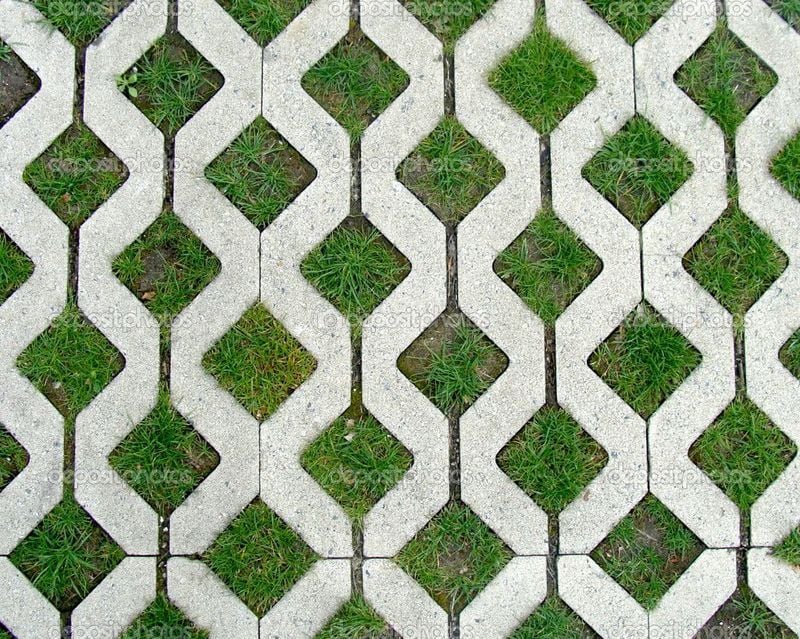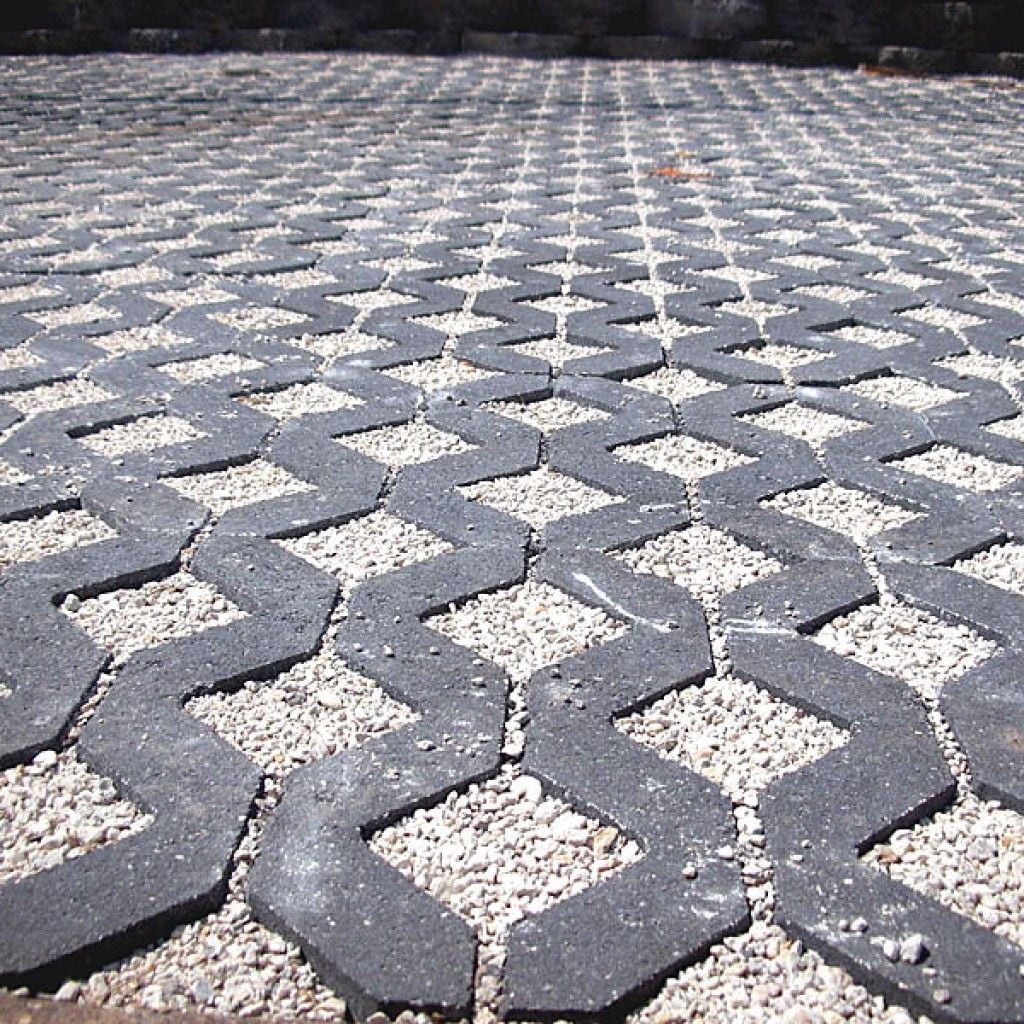Hard to Soft Landscaping Ratios - minimum landscaped area
)
While you may know that any landscape plan submitted to council must abide by certain requirements and regulations, many though aren't quite sure about what exactly those requirements are and more importantly, how to best comply with the requirements.
What are the requirements for new landscape designs?
There is much written about what proposed landscape designs need to comply with your council websites are a great source of information.
However, here is a quick primer on the minimum objectives landscape designs are required to comply with.
- The need to include indigenous species (trees, shrubs, plants etc), in all areas visible to the public this applies to new plantings in medium/high density residential, commercial and industrial developments.
- The need to ensure 'softening' of buildings, driveways and carparking areas through properly designed landscape designs.
- The need to retain existing tree where reasonable possible.
- The need to ensure the landscape design blends in with the environmental character of the area.
- The need to factor in ongoing maintenance and care of the landscaped area e.g. plants with low watering requirements.
- The need for hard paved areas should be minimised thereby providing the maximum landscaped area possible. The utilisation of permeable paving materials in hard-scapes is encouraged.
The last point in this list is an area of compliance that is often overlooked in landscape designs, specifically, the use of correct hard to soft landscaping ratios i.e. hardscape and softscape.
 What exactly is Hardscape and Softscape?
What exactly is Hardscape and Softscape?
To put is simply, Hardscape is the hard stuff in your garden: concrete, bricks, and stone.
Softscape is the soft, growing stuff, like perennial flowers, shrubs, succulents, and trees.
In a nutshell, Softscape is living and growing - hardscape is not.
What is the purpose of having hard to soft landscaping ratios?
Hard to soft landscaping ratios one way (and an effective one at that), to ensure rainwater in urban spaces drains and percolates in the ground, thus helping to replenish the water table.
Land use patterns in urban areas are constantly changing. Various councils now require new developments to be much more considerate of their surrounding environment and community.
Hard to soft landscaping ratios help to reduce storm water runoff and erosion.
So, what is the correct Hard to Soft Landscaping Ratio?
With the size of residential developments continually to increase, know, understanding or even keeping to the required ration can be a challenge.
These ratios will change based on the size of the property, location and of course, the council jurisdiction.
As always, it's best to consult with council before the landscape plan is finalised and submitted to ensure proper compliance.
 What materials meet the criteria for Softscape?
What materials meet the criteria for Softscape?
The definition of soft landscaping materials which are deemed to be permeable can vary, again based on the council you're dealing with.
However, the following materials, generally, fall into the category of acceptable permeable materials;
- Mulch path
- Mulch and stepping stone path
- Deco granite driveway or path
- Permeable paving
Understanding, let alone complying with hard to soft landscaping ratio requirements is a challenge indeed.
If in any doubt, speak with a professional landscape architect who will be able to provide you with valuable and time saving guidance.
www.susanreadlandscapes.com.au 0418 635781
| Tags:SustainabilityLandscape design |



